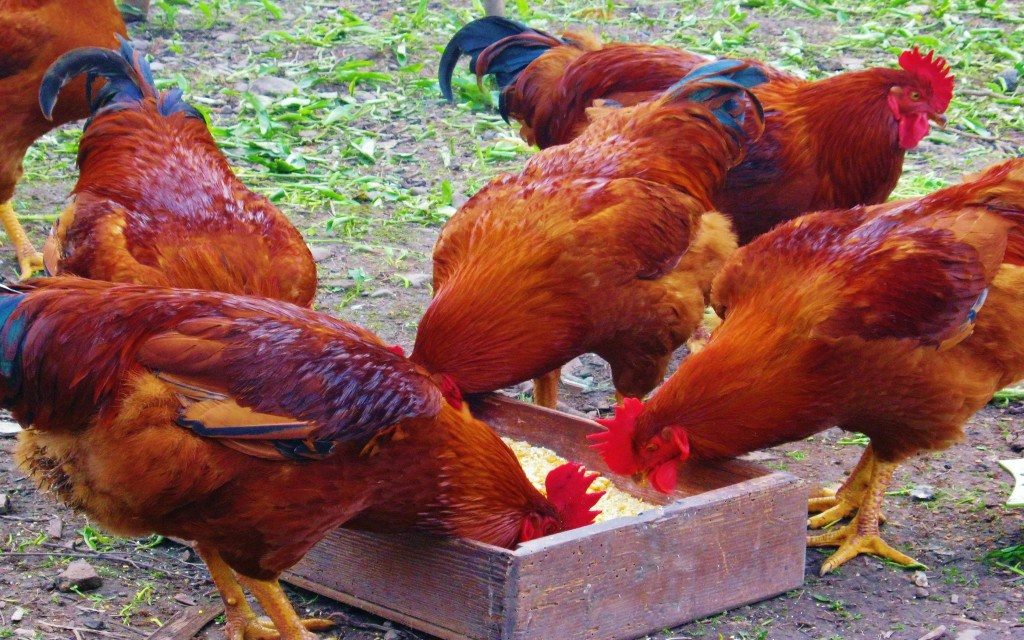Chicken feeds formulation involves creating a balanced diet that provides the necessary nutrients for chickens to grow, lay eggs, and maintain good health. Here are some guidelines to follow when formulating chicken feeds:
- Determine the nutrient requirements: Chickens require protein, energy, vitamins, minerals, and water to stay healthy. The nutrient requirements vary depending on the bird’s age, weight, and purpose (e.g., meat or egg production).
- Choose feed ingredients: The feed ingredients should be locally available and affordable. Common ingredients include maize, wheat, sorghum, soybean meal, omena (fishmeal), sunflower meal, and greens such as kale or spinach.
- Calculate the feed ratios: Based on the nutrient requirements and available ingredients, calculate the ratios of each ingredient to ensure the feed meets the chickens’ nutritional needs. Commercial feed companies have their own formulation, but the general guideline is 70% grain, 20% protein, and 10% minerals and vitamins.
- Mix the feed: Weigh the ingredients according to the calculated ratios and mix them thoroughly to ensure a consistent blend.
- Store the feed: Store the feed in a cool, dry, and well-ventilated area to prevent spoilage and contamination. The feed should be protected from pests such as rodents and insects.
- Adjust the feed: Monitor the birds’ health and behavior and adjust the feed formula accordingly. Overfeeding can lead to obesity and health problems, while underfeeding can result in stunted growth and low egg production.
It’s important to note that feed formulation can be complex, and it’s recommended to consult with a poultry nutritionist or veterinarian for advice on formulating chicken feeds that meet your birds’ specific needs. Additionally, ensure that the feed meets the quality standards set by the relevant regulatory authorities in your area.

